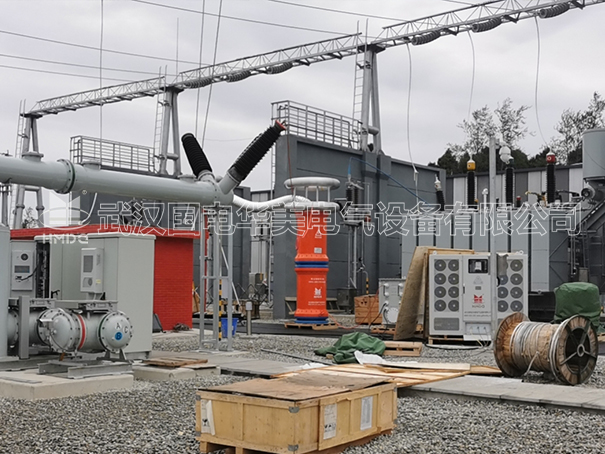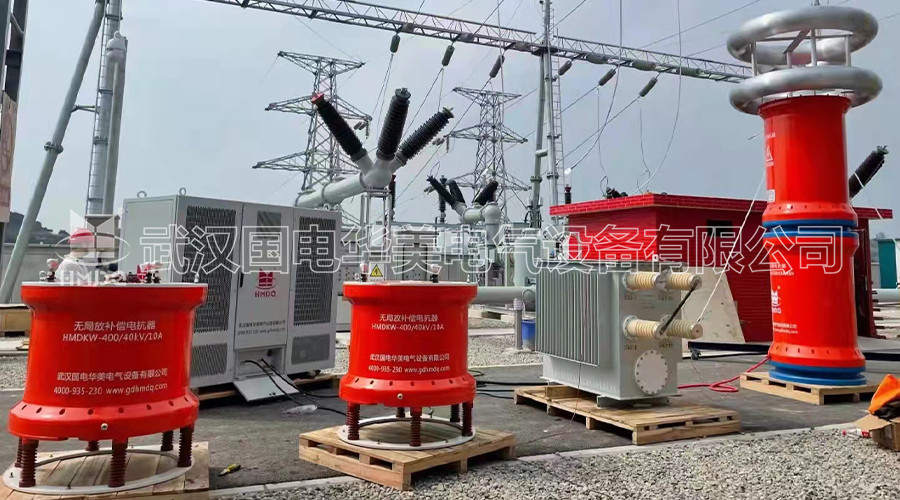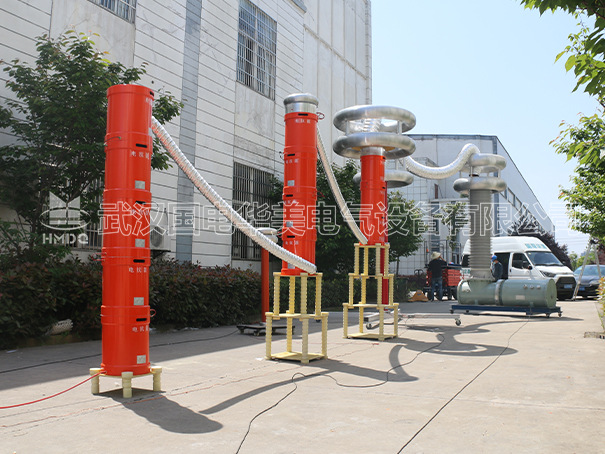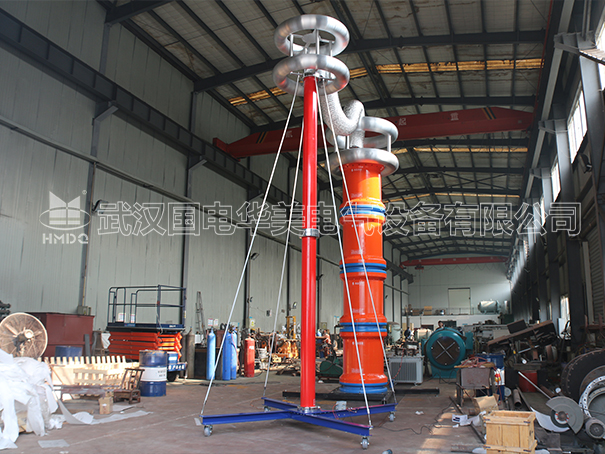Quality factor, grounding and harmonic requirements for AC resonance testing system

Communication resonance testing system quality factor,grounding,and harmonic requirements.
In the field of communication resonance testing,ensuring the quality factor,grounding,and harmonic requirements of the system are of utmost importance.These factors play a crucial role in determining the overall performance and reliability of the system.This essay will discuss the significance of quality factor,grounding,and harmonic requirements in a communication resonance testing system.
Firstly,the quality factor,also known as Q-factor,is a measure of the damping in a resonant system.It quantifies the efficiency of energy transfer between the system and its surroundings.In a communication resonance testing system,a high quality factor is desirable as it indicates low energy loss during the testing process.This ensures accurate and reliable measurements,leading to more precise results.Therefore,it is essential to carefully design and construct the system to minimize energy losses and maximize the quality factor.
Secondly,grounding plays a crucial role in the proper functioning of a communication resonance testing system.It refers to the process of connecting the system to the Earth's surface,providing a reference point for electrical potential.A well-grounded system helps in dissipating electrical charges and reduces the risk of electrical shocks.It also helps in minimizing electromagnetic interference,ensuring accurate measurements.Proper grounding techniques and regular maintenance are necessary to maintain the integrity of the system and ensure safe and reliable operation.
Lastly,harmonic requirements are vital in a communication resonance testing system.Harmonics are multiples of the fundamental frequency and can introduce unwanted distortions and interference in the system.These harmonics can affect the accuracy of measurements and may lead to erroneous results.Therefore,it is essential to design the system in a way that minimizes harmonic distortions.This can be achieved through the use of filters,shielding techniques,and proper signal conditioning.Adhering to harmonic requirements ensures that the system operates within acceptable limits,providing accurate and reliable results.
In conclusion,the quality factor,grounding,and harmonic requirements are significant factors in a communication resonance testing system.A high quality factor ensures accurate measurements and reliable results.Proper grounding techniques help in maintaining system integrity and ensuring safe operation.Adhering to harmonic requirements minimizes distortions and interference,leading to accurate and reliable measurements.Therefore,it is crucial to consider these factors during the design,construction,and maintenance of a communication resonance testing system to ensure its optimal performance and reliability.
In the field of communication resonance testing,ensuring the quality factor,grounding,and harmonic requirements of the system are of utmost importance.These factors play a crucial role in determining the overall performance and reliability of the system.This essay will discuss the significance of quality factor,grounding,and harmonic requirements in a communication resonance testing system.
Firstly,the quality factor,also known as Q-factor,is a measure of the damping in a resonant system.It quantifies the efficiency of energy transfer between the system and its surroundings.In a communication resonance testing system,a high quality factor is desirable as it indicates low energy loss during the testing process.This ensures accurate and reliable measurements,leading to more precise results.Therefore,it is essential to carefully design and construct the system to minimize energy losses and maximize the quality factor.
Secondly,grounding plays a crucial role in the proper functioning of a communication resonance testing system.It refers to the process of connecting the system to the Earth's surface,providing a reference point for electrical potential.A well-grounded system helps in dissipating electrical charges and reduces the risk of electrical shocks.It also helps in minimizing electromagnetic interference,ensuring accurate measurements.Proper grounding techniques and regular maintenance are necessary to maintain the integrity of the system and ensure safe and reliable operation.
Lastly,harmonic requirements are vital in a communication resonance testing system.Harmonics are multiples of the fundamental frequency and can introduce unwanted distortions and interference in the system.These harmonics can affect the accuracy of measurements and may lead to erroneous results.Therefore,it is essential to design the system in a way that minimizes harmonic distortions.This can be achieved through the use of filters,shielding techniques,and proper signal conditioning.Adhering to harmonic requirements ensures that the system operates within acceptable limits,providing accurate and reliable results.
In conclusion,the quality factor,grounding,and harmonic requirements are significant factors in a communication resonance testing system.A high quality factor ensures accurate measurements and reliable results.Proper grounding techniques help in maintaining system integrity and ensuring safe operation.Adhering to harmonic requirements minimizes distortions and interference,leading to accurate and reliable measurements.Therefore,it is crucial to consider these factors during the design,construction,and maintenance of a communication resonance testing system to ensure its optimal performance and reliability.




